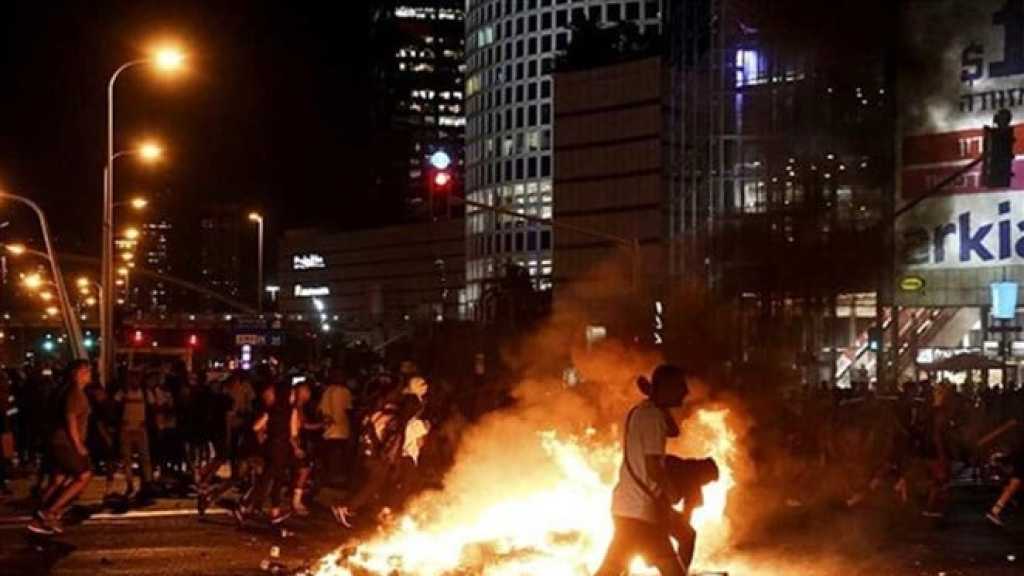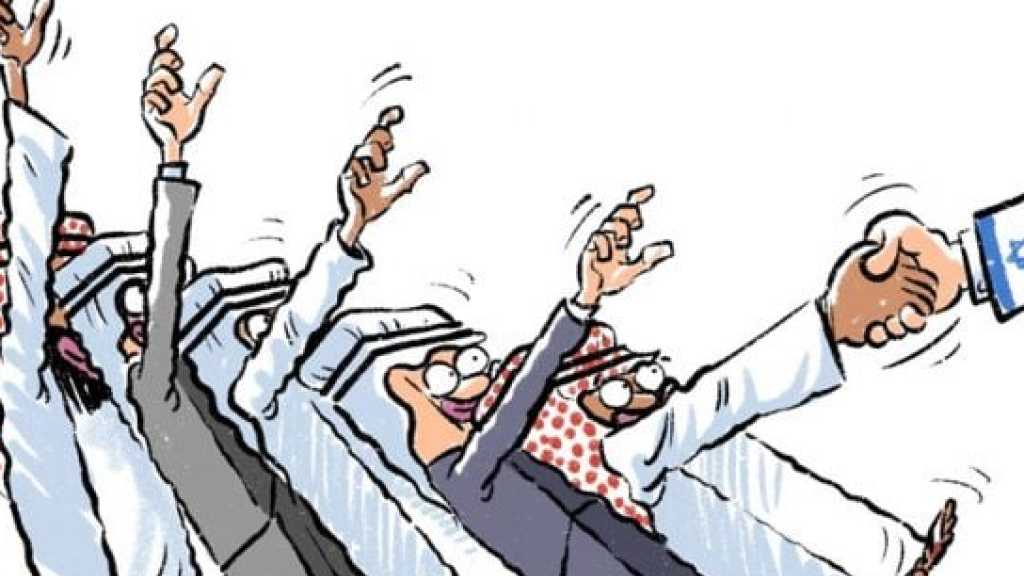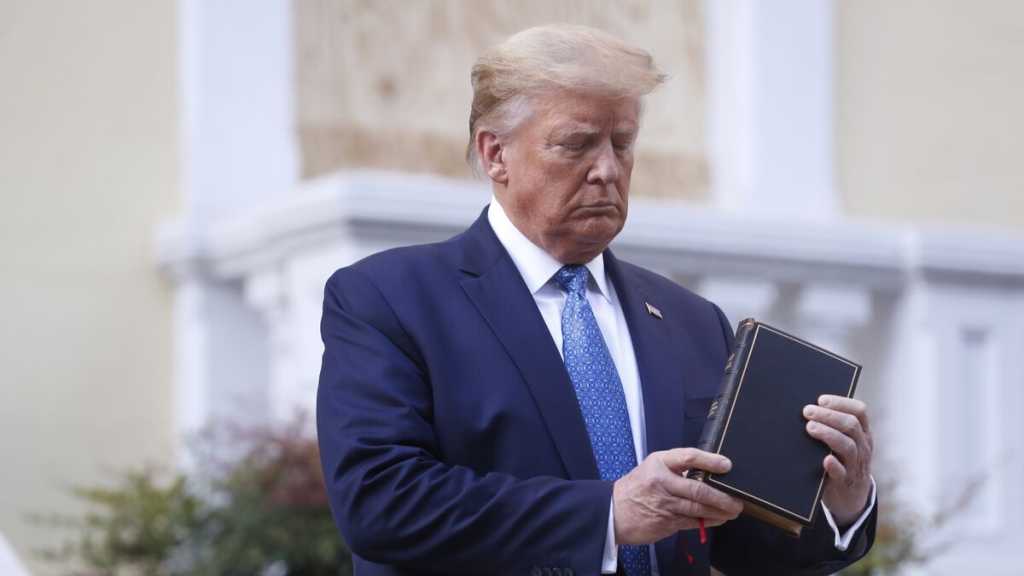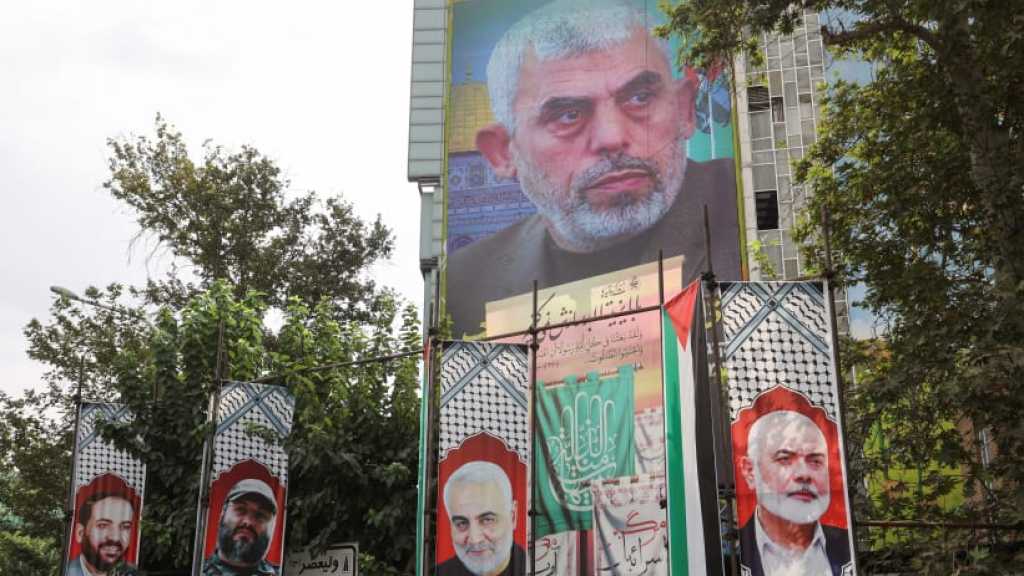The Equation of Deterrence: Hezbollah’s Response to ‘Israeli’ Bombardments

By Mohammad Hammoud
In the complex theater of Middle Eastern geopolitics, few equations resonate with the same intensity as the one articulated by the late Hezbollah leader Sayyed Hassan Nasrallah: "If ‘Israel’ bombs Beirut, Hezbollah will bomb Tel Aviv." This principle of retaliation was not merely rhetorical but a calculated strategy that has shaped the asymmetric conflict between “Israel” and Hezbollah for decades.
The notion of a tit-for-tat response aimed at deterring further “Israeli” aggression gained prominence during various confrontations, particularly during the July 2006 Lebanon War and more recent conflicts. The effectiveness of this equation has been extensively analyzed by Western media, which have noted both Hezbollah's tactical victories and the psychological impact on “Israeli” society.
Sayyed Nasrallah recognized that the principle of deterrence was essential for Hezbollah's survival against a much larger military power. This tactic became evident during the 2006 Lebanon War when “Israel” bombed major parts of Beirut, prompting Hezbollah to launch missiles deep into “Israel”, specifically targeting “Tel Aviv”. This approach aimed to instill a sense of vulnerability among “Israeli” leaders and settlers, thereby altering their calculus regarding military engagements in Lebanon.
The tactical effectiveness of Sayyed Nasrallah's equation has significantly influenced responses. According to The Economist, Hezbollah's rocket capabilities were enhanced by Iranian support, allowing it to amass a stockpile of missiles capable of reaching major “Israeli” cities. When war erupted, “Israel’s” robust Iron Dome missile system intercepted some projectiles, but many still penetrated urban areas like Haifa and “Tel Aviv”, inflicting casualties and creating widespread panic. As reported by BBC News, these attacks caused not only infrastructural damage but also instilled a pervasive sense of insecurity among the “Israeli” population, demonstrating the disruptive power of Hezbollah's retaliatory strikes.
Moreover, this equation has had broader ramifications, serving as a catalyst for internal political discourse and external military strategy within “Israel”. Politicians and military officials began to grapple with the reality that Hezbollah was no longer just a local player but a formidable foe capable of reaching the heart of “Israeli” society.
In the current conflict, this notion has been reaffirmed by various incidents. One such incident occurred in early March 2024, when “Israel” conducted airstrikes against Beirut, aiming to stifle the Hezbollah’s growing influence. Reports from The Guardian and The New York Times indicated that these strikes were swift and devastating, targeting essential infrastructure and civilian areas. In retaliation, Hezbollah launched a series of rocket attacks on “Tel Aviv”, marking a significant escalation in hostilities. The efficacy of this equation was underscored by its disruption of daily life in “Israel”, leading to widespread panic, school closures, and the activation of air defense systems.
The fears of the “Israeli” population illuminated by recent events exemplify the impact of Hezbollah's retaliatory equation. Civilian life in “Tel Aviv”, a bustling metropolitan hub, dramatically shifted as “Israelis” faced the realities of living under the threat of missile attacks. The psychological toll was compounded by visible destruction in the city, with damaged buildings and frequent air raid sirens. According to a CNN analysis, public opinion in “Israel” shifted notably in response to these attacks; many began to question the effectiveness of “Israeli” military strategy in countering the persistent threat posed by Hezbollah.
Furthermore, the implications of this dynamic extend beyond immediate military confrontations. The ongoing altercations have provoked a considerable reassessment among Western allies regarding security dynamics in the region. A report from The Brookings Institution suggests that the United States and other Western powers are increasingly wary of the repercussions of a sustained conflict. Given Hezbollah's capabilities and the potential ramifications for regional stability, the confrontation could spiral beyond the immediate actors involved, inviting broader international engagement.
Hezbollah’s equation has demonstrated its tactical effectiveness in drawing “Israel” into a precarious security dilemma. The retaliatory strikes highlight the limitations of conventional military might in response to asymmetric warfare, fundamentally altering the strategic decision-making calculus for “Israel”.
In conclusion, the equation posited by Sayyed Hassan Nasrallah has proved to be a double-edged sword with profound implications for “Israeli” military strategy and life within the entity. The recent confrontations following “Israeli” strikes in Beirut, followed by retaliatory actions aimed at “Tel Aviv”, underscore the intricate interplay of military strategy and psychology in modern warfare. As the cycle of violence persists, the historical context of this retaliatory logic will likely continue to influence the geopolitical landscape of the Middle East well into the future. The enduring nature of this conflict reminds us that underlying grievances and strategic calculations will remain a potent force shaping both immediate and long-term outcomes for the region.



